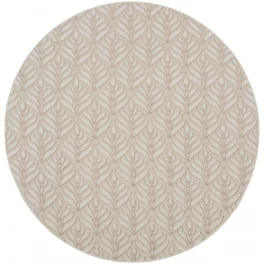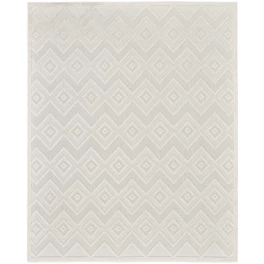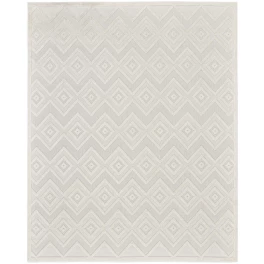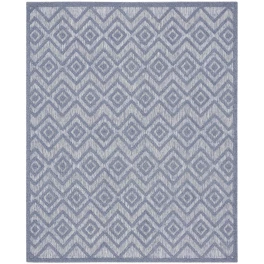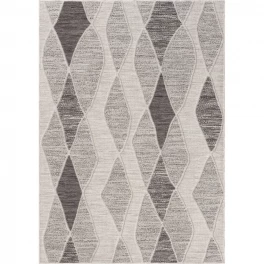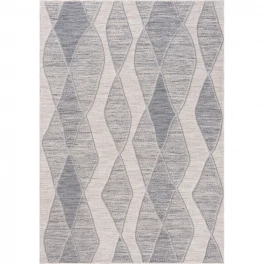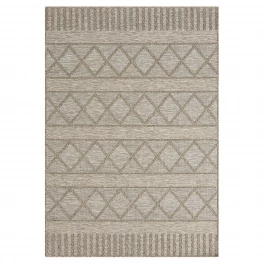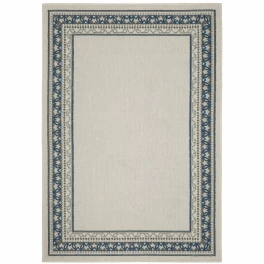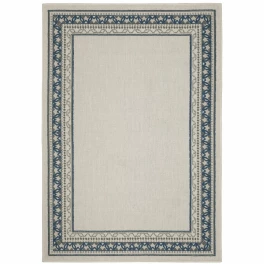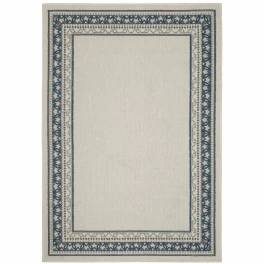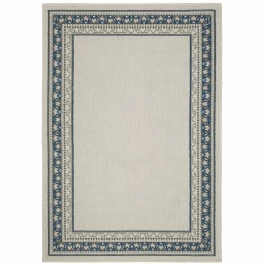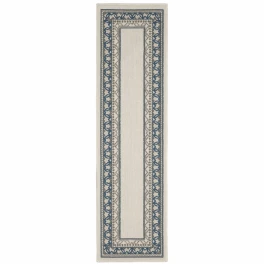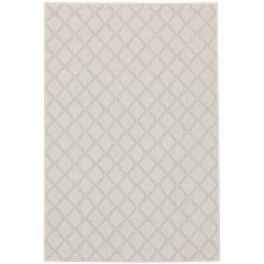Owning a home means dealing with dirt. On the inside, you can vacuum, dust, mop, and develop a routine to keep things relatively clean. The exterior of your home is a different story. Over time, your home’s siding will look dirty, grungy, and perhaps even moldy depending on the siding material. You may see your neighbors pressure washing that unsightly grime away and basking in the glow of their shiny clean home. Although pressure washing a home’s exterior looks relatively simple and safe, if done incorrectly, the results can be disastrous, and you may find you have damaged not just the exterior, but the interior as well. Pressure washers can also be dangerous if you have never used one before.
The following five reasons are why you might want to think twice before you buy or rent a pressure washerto clean your home’s exterior and a safe alternative to getting your house clean.
1. Water Inside Your House
Water under pressure is a powerful tool. At high enough pressure, it can drill through solid rock. The average home-use pressure washer won’t drill through rock, but it can cause damage to your home if the water is driven under the siding or through cracks and vents in your exterior walls. Water can wind up in your attic or behind walls and cause damage to hardwood floors, drywall, plaster, furniture, and carpeting. If you’re outside spraying your house, you may not be aware of water running down your inside walls until you go inside. Even if you don’t see any water damage on the inside, wet insulation and wood can lead to eventual mold problems. If you have an older home that’s mostly wood construction with older wood siding, there’s a real chance that pressure washing your house on too high a setting will force water into the siding and wall studs.

Photo by Andrey_Popov on Shutterstock
2. Damage to Siding and Windows
Although you can adjust the pressure on your pressure washer, many first-time users use too high a pressure which can result in damage to siding and windows. Some commercial pressure washers have pressure starting at 1,500 pounds per square inch (PSI) up to 3,300 PSI. At 3,300 PSI, you will damage your siding. Vinyl siding can be knocked loose or cracked. Aluminum siding can be crinkled and dented. For a brick house, mortar can be loosened and blasted away. Wood siding can be gouged and fuzzed. For a house with stucco siding, pressure washing can result in chips and cracks.

Photo by nat2851terry on Adobe Stock
Windows are another concern when pressure washing your exterior. In addition to driving water in gaps and breaking seals, screens can be destroyed, and glass panes can crack. Old wooden framed windows can be totally torn apart by a blast of high-pressure water. Siding and windows are meant to withstand a little wind and rain, but they are no match for a direct hit of pressurized water.

Photo by KKulikov on Shutterstock
3.Paint Removal
If you’re planning on repainting your home, the removal of old paint may not be a big deal. If you just want to clean a painted home, avoid using a pressure washer. Pressure washers are great for removing blistered, peeling, and flaking paint. Not only will your home look worse than before you started but, you could wind up with environmental concerns if the paint is lead-based.

Photo by Mary Beth Charles on Shutterstock
4. Other Objects
Items attached to your home — such as lights, mailboxes, hose reels, gutters, phone and internet boxes, and decorations — will need to be removed or avoided. A pressure washer can tear a fancy light fixture off the side of the house, causing damage to both the siding and the fixture. Always make sure all outside lights are off before you begin spraying.

Photo by Radovan1 on Shutterstock
5. Safety
Your own personal safety needs to be addressed when using a high-powered pressure washer. Water and electricity are not a good mix, so you will need to avoid electrical outlets on your home’s exterior and avoid the service-entrance cable area and electrical meter.

Photo by Chuck Wagner on Shutterstock
If you need to use a ladder to reach high spots or a second floor, make sure the ladder is sturdy enough and at the proper angle. You will need two hands to operate a pressure washer which does have some kickback when the water strikes the house. Standing on a roof to reach higher sections of your home is never a good idea.

Photo by michaelcourtney on Adobe Stock
A pressure washer is a great tool for removing mold, road grime, and pollution chemicals, but the safest way to clean your home’s exterior (especially old wooden houses) is with a garden hose, an extension pole, a scrub brush, and a cleaning solution. It will take longer, but the results will be the same and you and your house will be safer. If you have a large house with multiple stories, consider hiring a company that specializes in pressure washing homes. Look for a company that’s insured and has a good reputation. With all the bad things that can happen from pressure washing a home yourself, some jobs are better left to the professionals.




